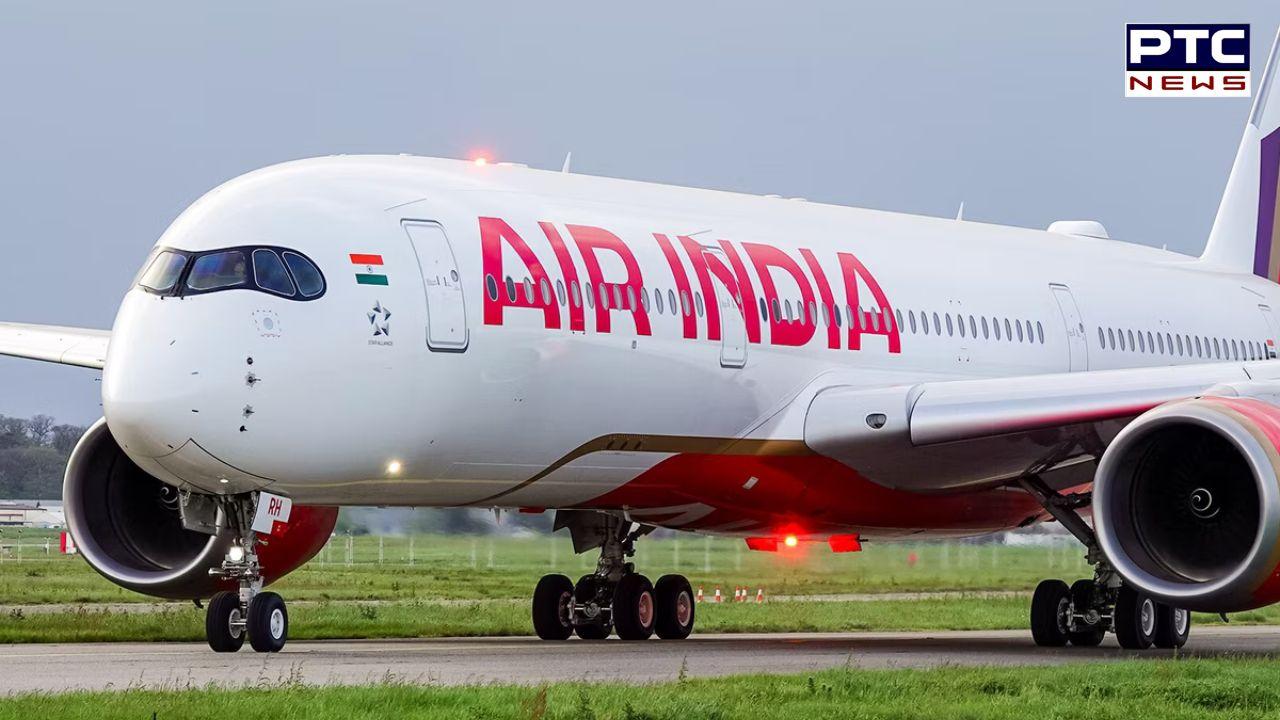

Air India clarifies: 'Aircraft was airworthy, with no known mechanical faults before departure'
PTC Web Desk: A devastating tragedy struck on June 12 when Air India flight AI-171, a Boeing 787 Dreamliner, crashed 36 seconds after take-off from Ahmedabad’s Sardar Vallabhbhai Patel International Airport, killing 274 persons, including 33 on the ground. While early speculation hinted at technical issues, Air India has clarified that the aircraft was airworthy, with no known mechanical faults before departure.
Both engines had undergone recent maintenance, and the pilots were highly experienced, collectively logging over 13,400 flight hours. The precise cause of the crash remains under investigation, though experts suspect a catastrophic dual engine or electronic failure, possibly indicated by the deployment of the Ram Air Turbine (RAT).
In an open letter, Air India Managing Director Campbell Wilson reassured the public, stating the aircraft had undergone regular and thorough maintenance. The right engine was overhauled in March 2025 and the left one was inspected in April 2025. The last comprehensive inspection occurred in June 2023, with the next one scheduled for December 2025.
Wilson said no technical issues were flagged before the flight. He added that the flight crew — Captain Sumeet Sabharwal and First Officer Clive Kunder — were both seasoned pilots, with thousands of hours of experience on the Boeing 787.
Experts also noted that the Genx-1B engines on the Dreamliner are equipped with Full Authority Digital Engine Control (FADEC) software that actively monitors performance and flags issues, making unanticipated failures rare. However, ex-aviation investigator Kishore Chinta cautioned that while engines are digitally monitored, certain mechanical parts are still subject to wear and require periodic replacement.
The ill-fated flight, headed for London Gatwick, took off at 1.39 pm, fully loaded with fuel and 272 persons onboard, including 10 crew members. Almost immediately after take-off, the pilot radioed Air Traffic Control in Ahmedabad with an emergency message: “Mayday! Mayday! Thrust not achieved...” These were the final words from Captain Sumeet Sabharwal, before the aircraft went radio silent.
Seconds later, the plane nosedived into the Meghani Nagar area, slamming into residential buildings and a hostel for medical students. The crash killed 241 passengers, all 10 crew members, and 33 persons on the ground. One man, a British-Indian national, miraculously survived.
A mobile phone video, recorded by a teenager from a rooftop nearby, captured the horrifying descent and shrill noise of the engines moments before the explosion. The tail of the aircraft was later seen protruding from the destroyed hostel structure.
- With inputs from agencies
